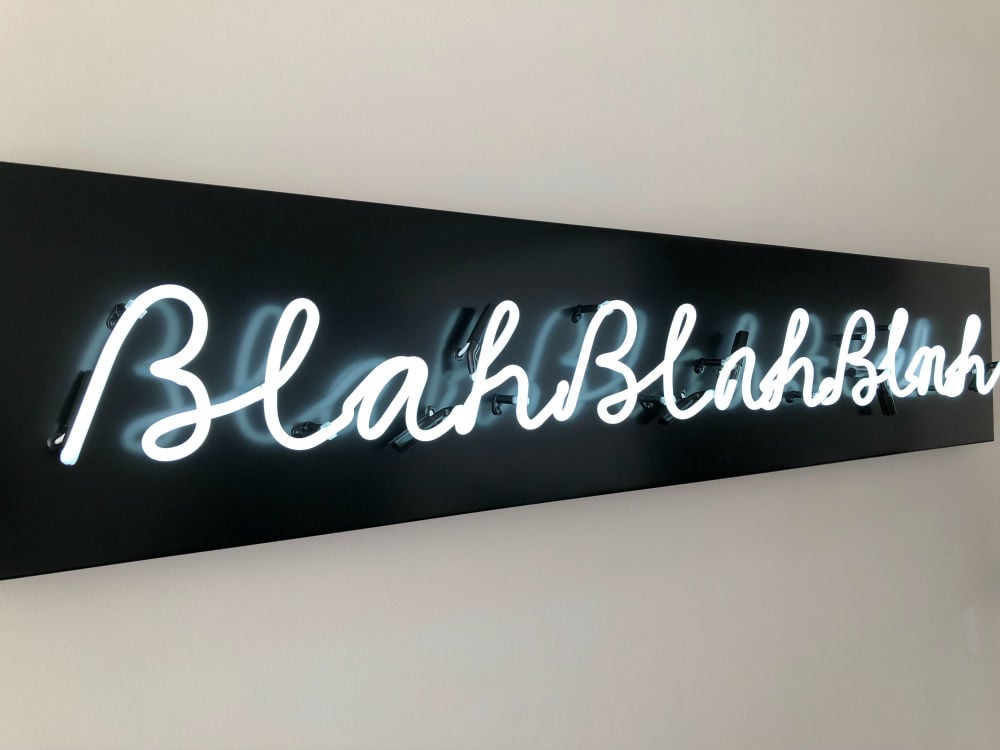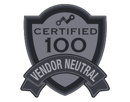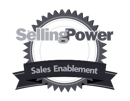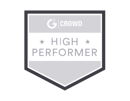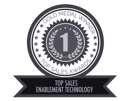How to stop losing sales – forever
What if I told you that our organization never loses a sale? It’s true. We never do. We also don’t pursue opportunities.
It is ALWAYS about execution
I’ve been writing a lot about our Sales Execution Framework and a “Back To Basics” approach to sales management and selling. These articles have generated some interesting calls and reactions.
Here’s why you need to stop talking about sales opportunities
Words can change your brain. That’s the conclusion of Andrew Newberg, M.D. and Mark Robert Waldman in their book by that title, and they should know.
A fresh perspective on the Challenger Sale research
First published in 2011, “The Challenger Sale” must be one of the most widely-read sales books of the past decade, and with good reason. Together with its successor “The Challenger Customer” (which I believe is an even more influential book), it served to introduce powerful new perspectives about today’s increasingly complex B2B sales environment.
How to improve performance with a shared sales language
In the sales industry, we often talk about how process, methodology, technology, and enablement can improve performance.
How big of a role does age play in sales effectiveness?
I'll be 64 in November which means that just like everyone else, I'm getting older. There are certain things that younger people do that change when they get older.
External Exposure
Podcasts
- Tony Morris interviews George Brontén on the podcast "Confessions of a serial seller"
- Deadly Assumptions that are Killing your B2B Sales - Outside Sales Talk with George Brontén
- SaaS-Story in the Making: Designing a Buyer-focused Sales Process - with George Brontén
- Tibor Shanto, Sales Scrum, interviews George Brontén
- Andy Paul, Sales Enablement: Stop Killing Deals, with George Brontén
- Jonathan Farrington interviews George Brontén about Stop Killing Deals [the book]
- Sales Futurists: The Future of Professional Selling - What Will the New "Normal" Be Like?
- Sales Pipeline Radio: You’re Killing Sales Deals Without Knowing It: George Will Help You Fix It
- Penta Marketing Interviews George Bronten in the Podcast Emerging Stronger™
- Integrity Solutions: Unmasking and defeating deadly assumptions that plague sales organizations
Videos & interviews
- The Top 5 Ways You are Killing Your Sales - Brutal Truth Sales Podcast
- Phil Gerbyshak interviews George Brontén about the Stop Killing Deals book release
- Membrain's Founding Story
- Sales Tools - the Good, the Bad, and the Ugly
- Here's what to consider when adding or switching your CRM
- Productivity, efficiency, effectiveness – what’s what and where to focus?
- How to Build a Sales Process That Drives Successful Behaviors
- Can Checklists Stop Deals from Dying and Help Consistently Achieve Quota?
Guest Posts
- G2Crowd: "How to Get the Most out of Your Sales Technology Investment"
- Saleslounge: Varför dina stjärnsäljare blir dåliga säljchefer
- Saleslounge: Vad är komplex försäljning?
- Vainu: Så blir du en mästare på komplex B2B-försäljning
- CSO Insights: Sales Process Interview, Part 2
- CSO Insights: Sales Process Interview, Part 1
- Richardson: 3 Pitfalls that Still Make Sales Teams Waste Time and Lower Sales Effectiveness
- Smart Selling Tools: How to Stop Fighting the Monster of Sales Technology Complexity




